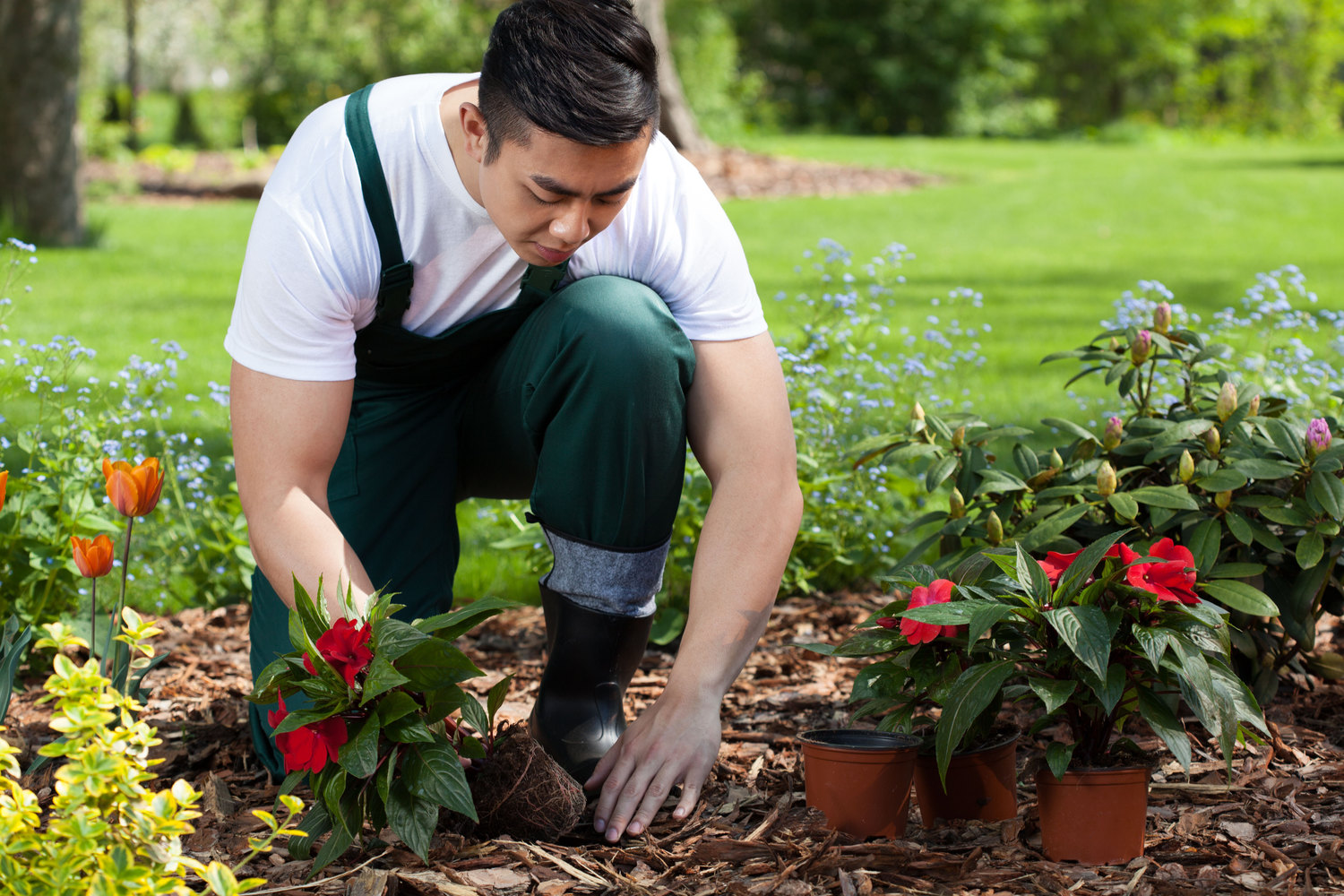8 Designs That Make for a Beautiful Home Garden
It’s rightly said, “A thing of beauty is a joy forever.” And a garden outside one’s home can single-handedly elevate its visual appeal to a whole new level. But designing a garden esthetically may seem like a rather tedious task. Fortunately, based on factors like the available space and the amount of time one is willing to spend on this exercise, there are many different garden styles and designs one can pick from.
Vertical garden
You can consider making a vertical garden if there isn’t a lot of space in the house. Adopting such a style will ensure that the flora occupies less space, making them easier to grow and maintain.

Try not to make your vertical gardens higher than your reach, or else regular maintenance may become quite a daunting task. The support system holding the planters, e.g., a wall, must be strong enough to handle the weight of the entire structure. The wall should be able to withstand an excessive amount of moisture in case it becomes a concern. You can use polyethylene to create a vapor barrier if needed.
Zen garden
Such a design stems from the Japanese art of blending gardening with meditative practices.
Herb garden
For a rookie gardening enthusiast, growing and maintaining an herb garden can be the right decision. In addition, growing your own herbs is clearly an economic choice. Invest in some seedlings and plant them in an outdoor garden bed or indoors in little pots placed outside your kitchen window. Pick herbs that are easy to care for is a good place to start.
Raised garden bed
Another design that is widely popular among homeowners is a raised garden bed. With this layout, you get the flexibility to be as creative or minimal as you want with your garden. Better drainage, fewer weeds, ideal soil temperature, stress-free maintenance, and fewer pest problems are some of the many benefits offered by raised garden designs. But before you go ahead with this garden plan, remember to pick the right size for the bed, plan your irrigation, and choose the right material for the bed. Most importantly, place the beds at sufficient distances from each other.
Rooftop garden
Most urban households aren’t big enough to let you plan a traditional garden, which is why a rooftop design is the next best idea to execute. Such a plan not only offers an excellent view but also provides a quiet and serene space away from the city’s chaos. Along with this benefit, the plants growing on your roof can make the best use of the rainwater, reduce the chances of water run-off, and naturally regulate the roof’s temperature.
Mini-green house garden
If you’re up for some serious gardening and don’t mind spending a slightly hefty amount of money, consider the option of installing a mini-greenhouse garden. Having such a structure in your yard protects your plants when the weather outside isn’t really favorable for them. In other words, with this garden design in place, you can keep the plants warm when it’s too cold outside to keep them alive.
Indoor garden
Indoor garden designs are ideal for people who live in regions where heavy snowfall is a common occurrence. Get your hands on some incredible indoor garden kits that offer convenient planting solutions, nutrient-dense soil, and a few tools and equipment to make the entire gardening process absolutely effortless for you. You just have to think about the amount of space in your home that you are ready to dedicate to your indoor garden.
Therapeutic garden
Recent years have seen an immense rise in the popularity of therapeutic garden designs. The main difference between a regular and therapeutic garden is that the latter is based on the idea of maximizing health benefits. For this type of garden, you can pick various fragrant plant varieties such as rose, lavender, lilac, lemon balm, and pine trees. We recommend picking the plants that help you feel better as soon as you get the first whiff.
The garden landscaping designs mentioned above are just a few of the overwhelmingly wide variety of layouts that can be installed in your house. Have a realistic idea about the space, budget, and effort you’re willing to put in.

